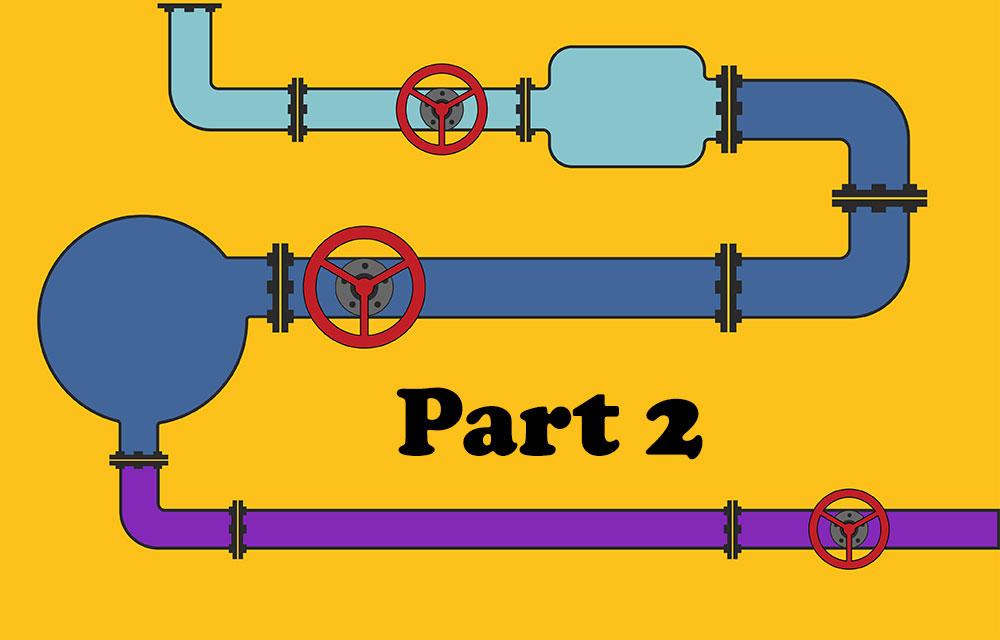
Debugging Lock Contention Performance Issues in C# .NET
Lock contention is a state where one thread is waiting for another while trying to acquire a lock. Whatever time spent waiting for the lock is "lost" time that is wasted doing nothing and causes performance problems. In this article, you'll see how to detect lock contention problems, debug them, and find the core cause of the issue.

Pipeline Implementations in C#: TPL Dataflow Async steps and Disruptor-net
In the 3rd part of the series we'll see how to create asynchronous steps in the pipeline with TPL Dataflow. We'll also see a new implementation using the Disruptor-net library.

Pipeline Pattern in C# (part 2) with TPL Dataflow
In the First Part of the series, we talked about the Pipeline Pattern in programming, also known as the Pipes and Filters design pattern. In this part, we'll see how to implement such a pipeline with TPL Dataflow.

Pipeline Pattern Implementations in C# .NET - Part 1
The Pipeline pattern is a powerful tool in programming. The idea is to chain a group of functions in a way that the output of each function is the input the next one. The concept is pretty similar to an assembly line where each step manipulates and prepares the product for the next step.

Cache Implementations in C# .NET
One of the most commonly used patterns in software development is Caching. It's a simple, yet extremely effective concept. The idea is reuse of results. When performing a heavy operation, we will save the result in said cache

Performance Showdown of Producer/Consumer (Job Queues) Implementations in C# .NET
I recently wrote 3 blog posts on different Producer/Consumer (Job Queues) implementations. In this article, we will compare performance of all the approaches, including...

7 Debugging Techniques for when your .NET application Freezes (hangs)
How many times did you use a desktop application to end up with a frozen unresponsive window? This article is about what we are to do when our .NET application freezes. We're going to explore tools and debugging techniques to see where the program is stuck and to find the core cause of the issue.

C# Job Queues (part 3) with TPL Dataflow and Failure Handling
In this article, we'll see how to implement Job Queues with TPL Dataflow, including implementations of several of the said variations. We will dive into the Dataflow mindset along the way, figuring out this awesome library.

How to Beat Array Iteration Performance with Parallelism in C# .NET
Let's consider a simple programming challenge: Summing all items of a large array. Now it stands to reason that this can be easily optimized by using parallelism...
